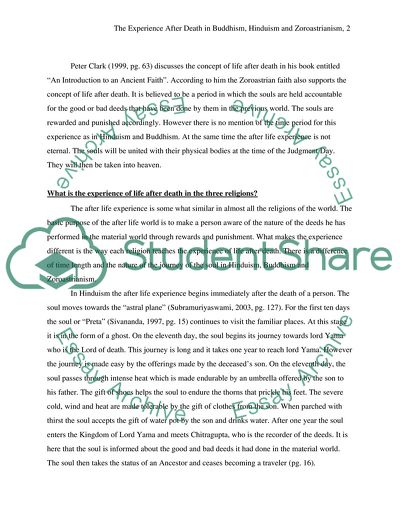Cite this document
(“The Experience After Death in Buddhism, Hinduism, and Zoroastrianism Essay”, n.d.)
The Experience After Death in Buddhism, Hinduism, and Zoroastrianism Essay. Retrieved from https://studentshare.org/miscellaneous/1539217-the-experience-after-death-in-buddhism-hinduism-and-zoroastrianism
The Experience After Death in Buddhism, Hinduism, and Zoroastrianism Essay. Retrieved from https://studentshare.org/miscellaneous/1539217-the-experience-after-death-in-buddhism-hinduism-and-zoroastrianism
(The Experience After Death in Buddhism, Hinduism, and Zoroastrianism Essay)
The Experience After Death in Buddhism, Hinduism, and Zoroastrianism Essay. https://studentshare.org/miscellaneous/1539217-the-experience-after-death-in-buddhism-hinduism-and-zoroastrianism.
The Experience After Death in Buddhism, Hinduism, and Zoroastrianism Essay. https://studentshare.org/miscellaneous/1539217-the-experience-after-death-in-buddhism-hinduism-and-zoroastrianism.
“The Experience After Death in Buddhism, Hinduism, and Zoroastrianism Essay”, n.d. https://studentshare.org/miscellaneous/1539217-the-experience-after-death-in-buddhism-hinduism-and-zoroastrianism.


